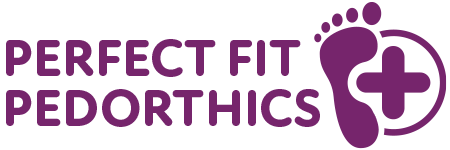Falls Risk and Balance Problems in the Elderly
- Fall prevention strategies are important interventions in all elderly individuals.
- Gait and balance disorders are among the most common causes of falls in older adults and often lead to injury, disability, loss of independence, and limitations in quality of life.
- Early identification of gait and balance disorders and appropriate intervention may prevent dysfunction and loss of independence.

The risk factors considered to have a high association with falls include:
- limitations in mobility
- impaired balance
- impaired gait
- visual impairment
- cognitive impairment
- medications
- physical frailty/reduced muscle strength
- musculoskeletal conditions and pain
“The rate of falling and the prevalence of risk factors for falling increase steeply after the age of 70 years and have a big impact on mobility and independence”
Most Falls are Preventable!
- It is recommended that all elderly patients should undergo clinical screenings of their gait and balance.
- Footwear characteristics (extended padded heel counter, mid-foot stabilizer and flared soles to enhance balance) influence gait and the subsequent risk of slips, trips risk.
- Walking barefoot or in socks have been shown to increase the risk of falls in older people.

